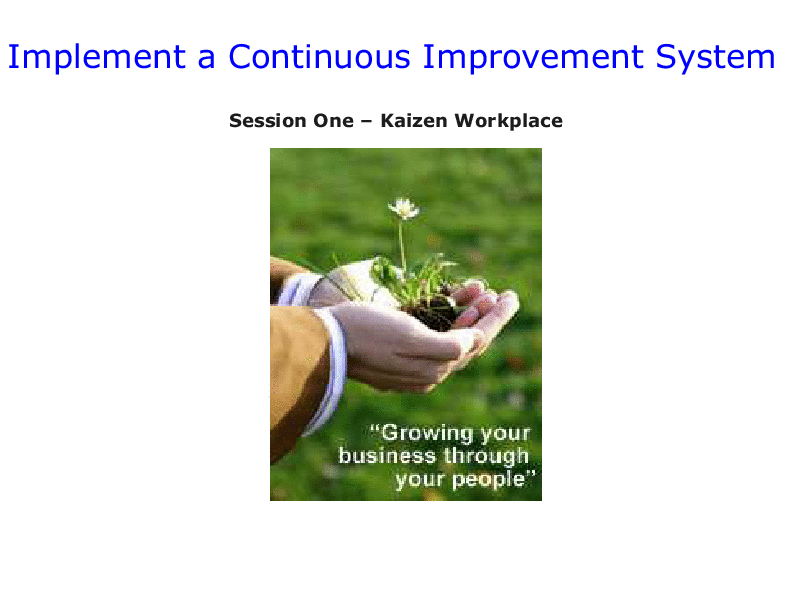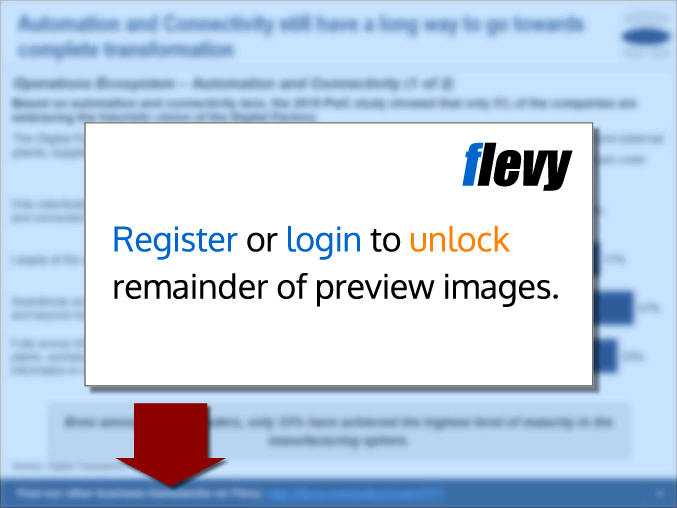Implementing a Continuous Improvement System (PowerPoint PPTX Slide Deck)
PowerPoint (PPTX) + Zip archive file (ZIP) 71 Slides
CONTINUOUS IMPROVEMENT PPT DESCRIPTION
This presentation has a total of 71 slides and is divided in to 2 parts, session 1 and 2.
Session 1 covers Kaizen at Workplace:
• Introduction to Continuous Improvement activities
• Identification of areas/processes for improvement
• Methods associated with facilitating continuous improvement
• Workplace projects
Session 2 – Institutionalizing Continuous Improvement
• Introduction to Continuous Improvement culture
• Methods associated with institutionalizing continuous improvement
• Workplace projects
Also included with this document is a bonus zip of 41 Lean documents (includes templates, case studies, articles, posters, charts, and more).
This document provides a comprehensive guide to implementing a continuous improvement system, focusing on the practical application of Kaizen principles. It delves into the core elements necessary for fostering a culture of continuous improvement, including daily Kaizen activities, Kaizen events, and strategic planning to lock in gains. The approach emphasizes the critical role of management's leadership in driving improvements and the importance of coaching to change behaviors and achieve sustainable results.
The presentation also highlights the significance of Kaizen events as a key driver for cultural change. Real-world examples illustrate how passionate teams can achieve in one week what typically takes months, underscoring the transformative power of Kaizen. The document includes practical tools and templates, such as the Kaizen Team Charter and Improvement Opportunity Sheet, to facilitate the planning and execution of continuous improvement initiatives.
Selecting the right team is crucial for the success of any Kaizen event. The document outlines the criteria for team selection, emphasizing the need for a diverse group that includes operations, technical support, logistics, and management. It also provides guidance on defining the scope of the project and setting achievable stretch targets that align with business needs. The inclusion of a Kaizen newspaper and control room ensures that progress is visually tracked and communicated effectively, reinforcing the continuous improvement culture.
Got a question about the product? Email us at support@flevy.com or ask the author directly by using the "Ask the Author a Question" form. If you cannot view the preview above this document description, go here to view the large preview instead.
Source: Best Practices in Continuous Improvement PowerPoint Slides: Implementing a Continuous Improvement System PowerPoint (PPTX) Presentation Slide Deck, OpEx Academy NZ









